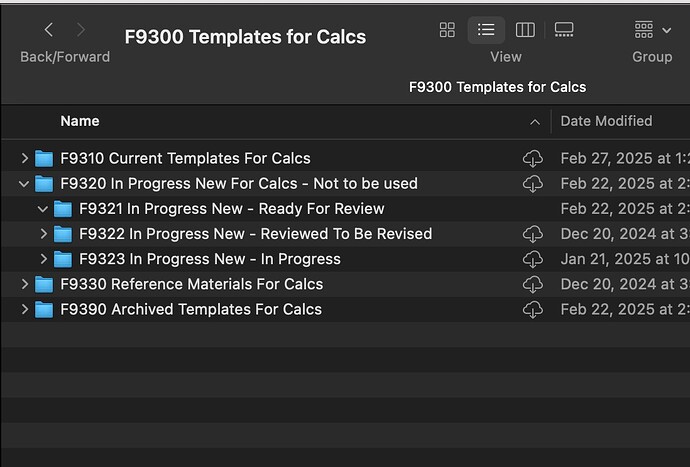Hey JD people! (JD’ers doesn’t sound quite right)
It’s been awhile since I was last active here, but consider that a testament to the system’s effectiveness — I’ve been able to stay organized with confidence ever since going through the workbook and workshop! ![]() You can say I’m a success story.
You can say I’m a success story.
I still check in with the community periodically and enjoy keeping up with the discussions and picking up new insights or refinements that have emerged since my last visit.
The “standard” zeros
I’ll cut to the chase: I want to discuss the standard zeros, which have evolved somewhat since I finalized my JD system. I admittedly mostly ignored the concept at the time, but now I see how useful they can be.
First off, I’m blown away by Simone’s alternate layout for the standard zeros. If you’re an efficiency nut like me, it’s very impressive work. I’ve decided to implement it in my own JD system.
However, some of the predefined standards aren’t the best fit for me. Rather than discussing alternate layouts (which Simone has already covered brilliantly), I’d love to explore alternate standard specifications—in other words, what kinds of things are standard.
Custom standard zeros
For example, I find that .03 To-dos & checklists and .04 Bookmarks, links, & URLs aren’t strictly necessary for my workflow, as these things live elsewhere in my system. Alternatively, these and other items could be covered by a broader “Resources” standard zero. If you’re familiar with Tiago Forte’s PARA system, .08 Resources looks nice next to .09 Archive.
Currently, I’m exploring the idea of using these for my standard zeros:
.00 Index— Standard.01 Inbox— Standard.02 WIP— Short for standard: “Work in progress”03 Backburner— Like WIP, but for when something feels “dormant” to minimize WIP clutter04 Someday— Standard, I just changed the numbering.08 Resources— Could handle to-dos, checklists, bookmarks/links/URLs, templates, among other things; perhaps that’s too broad (potential downside).09 Archive— Standard
Take this with a grain of salt. I haven’t implemented these changes yet, so I can’t vouch for them in practice.
Questions
Even if you stick with the standard standard zeros, there’s still room for expansion (e.g., .06 and .07). I’m curious what others have used these auxiliary standard zeros for.
Here are my questions:
- Have you customized the standard zeros to better suit your workflow?
- What (if anything) do use the auxiliary standard zeros for?
Looking forward to hearing your thoughts!
